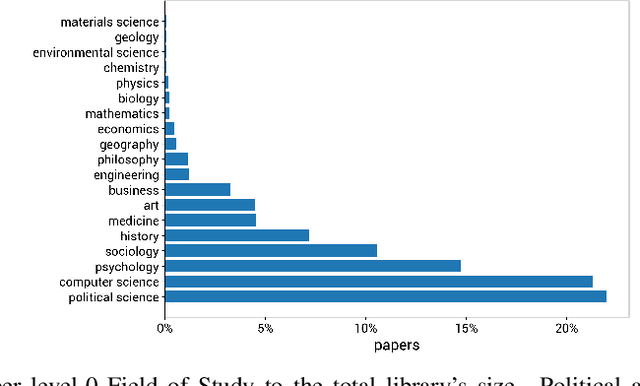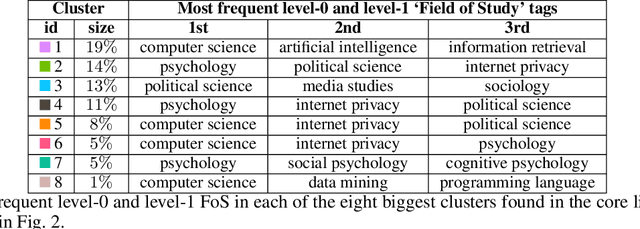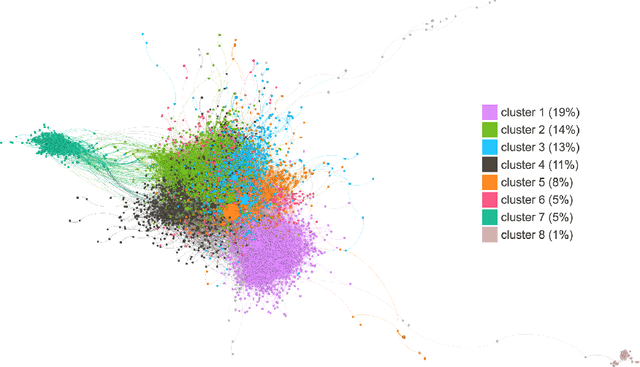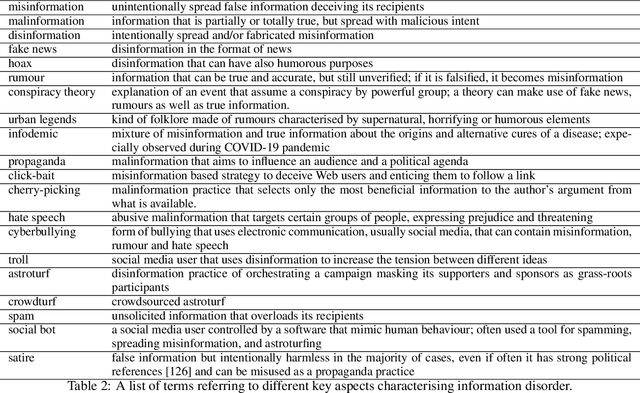Anastasia Giachanou
Utrecht University
Explainability in Practice: A Survey of Explainable NLP Across Various Domains
Feb 02, 2025



Abstract:Natural Language Processing (NLP) has become a cornerstone in many critical sectors, including healthcare, finance, and customer relationship management. This is especially true with the development and use of advanced models such as GPT-based architectures and BERT, which are widely used in decision-making processes. However, the black-box nature of these advanced NLP models has created an urgent need for transparency and explainability. This review explores explainable NLP (XNLP) with a focus on its practical deployment and real-world applications, examining its implementation and the challenges faced in domain-specific contexts. The paper underscores the importance of explainability in NLP and provides a comprehensive perspective on how XNLP can be designed to meet the unique demands of various sectors, from healthcare's need for clear insights to finance's emphasis on fraud detection and risk assessment. Additionally, this review aims to bridge the knowledge gap in XNLP literature by offering a domain-specific exploration and discussing underrepresented areas such as real-world applicability, metric evaluation, and the role of human interaction in model assessment. The paper concludes by suggesting future research directions that could enhance the understanding and broader application of XNLP.
On Text-based Personality Computing: Challenges and Future Directions
Dec 14, 2022Abstract:Text-based personality computing (TPC) has gained many research interests in NLP. In this paper, we describe 15 challenges that we consider deserving the attention of the research community. These challenges are organized by the following topics: personality taxonomies, measurement quality, datasets, performance evaluation, modelling choices, as well as ethics and fairness. When addressing each challenge, not only do we combine perspectives from both NLP and social sciences, but also offer concrete suggestions towards more valid and reliable TPC research.
Modelling Stance Detection as Textual Entailment Recognition and Leveraging Measurement Knowledge from Social Sciences
Dec 13, 2022Abstract:Stance detection (SD) can be considered a special case of textual entailment recognition (TER), a generic natural language task. Modelling SD as TER may offer benefits like more training data and a more general learning scheme. In this paper, we present an initial empirical analysis of this approach. We apply it to a difficult but relevant test case where no existing labelled SD dataset is available, because this is where modelling SD as TER may be especially helpful. We also leverage measurement knowledge from social sciences to improve model performance. We discuss our findings and suggest future research directions.
Surveying the Research on Fake News in Social Media: a Tale of Networks and Language
Sep 13, 2021



Abstract:The history of journalism and news diffusion is tightly coupled with the effort to dispel hoaxes, misinformation, propaganda, unverified rumours, poor reporting, and messages containing hate and divisions. With the explosive growth of online social media and billions of individuals engaged with consuming, creating, and sharing news, this ancient problem has surfaced with a renewed intensity threatening our democracies, public health, and news outlets credibility. This has triggered many researchers to develop new methods for studying, understanding, detecting, and preventing fake-news diffusion; as a consequence, thousands of scientific papers have been published in a relatively short period, making researchers of different disciplines to struggle in search of open problems and most relevant trends. The aim of this survey is threefold: first, we want to provide the researchers interested in this multidisciplinary and challenging area with a network-based analysis of the existing literature to assist them with a visual exploration of papers that can be of interest; second, we present a selection of the main results achieved so far adopting the network as an unifying framework to represent and make sense of data, to model diffusion processes, and to evaluate different debunking strategies. Finally, we present an outline of the most relevant research trends focusing on the moving target of fake-news, bots, and trolls identification by means of data mining and text technologies; despite scholars working on computational linguistics and networks traditionally belong to different scientific communities, we expect that forthcoming computational approaches to prevent fake news from polluting the social media must be developed using hybrid and up-to-date methodologies.
Comparative Opinion Mining: A Review
Dec 24, 2017Abstract:Opinion mining refers to the use of natural language processing, text analysis and computational linguistics to identify and extract subjective information in textual material. Opinion mining, also known as sentiment analysis, has received a lot of attention in recent times, as it provides a number of tools to analyse the public opinion on a number of different topics. Comparative opinion mining is a subfield of opinion mining that deals with identifying and extracting information that is expressed in a comparative form (e.g.~"paper X is better than the Y"). Comparative opinion mining plays a very important role when ones tries to evaluate something, as it provides a reference point for the comparison. This paper provides a review of the area of comparative opinion mining. It is the first review that cover specifically this topic as all previous reviews dealt mostly with general opinion mining. This survey covers comparative opinion mining from two different angles. One from perspective of techniques and the other from perspective of comparative opinion elements. It also incorporates preprocessing tools as well as dataset that were used by the past researchers that can be useful to the future researchers in the field of comparative opinion mining.
 Add to Chrome
Add to Chrome Add to Firefox
Add to Firefox Add to Edge
Add to Edge